#菅原 道真
Explore tagged Tumblr posts
Photo
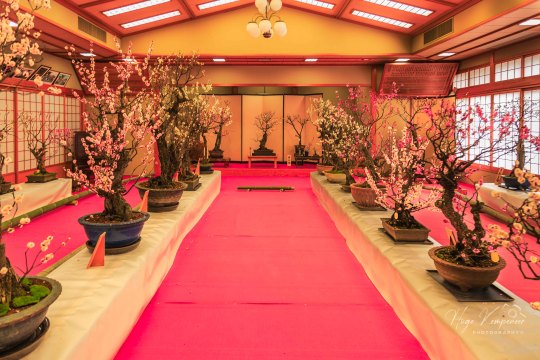
The Sugawara Tenmangu shrine (菅原天満宮) in Nara, had a special room with bonsai plum blossoms, on display.
203 notes
·
View notes
Text





20220202(日)
佐佳枝廼社(さかえのやしろ)で令和7年節分祭の豆まきが16時からあり行ってきた。
天気も曇りがちながら穏やかな日で、雨や雪も降らず豆まきにはちょうど良い天候であった。
はじめに「佐佳枝廼社 葵太鼓 凛生〜Rio〜」の太鼓パフォーマンスがあり、その後豆まき。
豆まきが始まるとぼくの隣にいた女性の方が「こっちこっち」とか「こっちに投げて~」とか笑いながら叫んでいて、その必死さに圧倒された。
ぼくはというと自分の方に飛んできた豆を2袋だけとって、あとは後ろに下がって豆まきの様子を見ながら楽しんでい��。
嫁さんの方は、20袋以上は拾っていたようであった。帰る車の中で、「わたしが先にとった豆を他の人が私の手から取っていった」とか「自分の後ろでとれないとれないとかきゃーきゃーいいながら腕が素早く動いていた女性達は、二十歳代であった」とか「たくさん拾える方法が分かったので、次はもっとたくさんとれると思う」とかいろいろ話すのを黙って聞いていた。
感想は特にない。
#佐佳枝廼社#節分会#豆まき#厄除#1月25日は福井の風習で天神講の日。天神様(菅原道真公)の掛け軸に焼きガレイをお供えしたあと皆で頂きます。#日本酒#「常山」仕込み水には「こしょうずの湧水」を利用。超辛口ですっきりとした味わい。隠れた逸品だと思う。
42 notes
·
View notes
Text

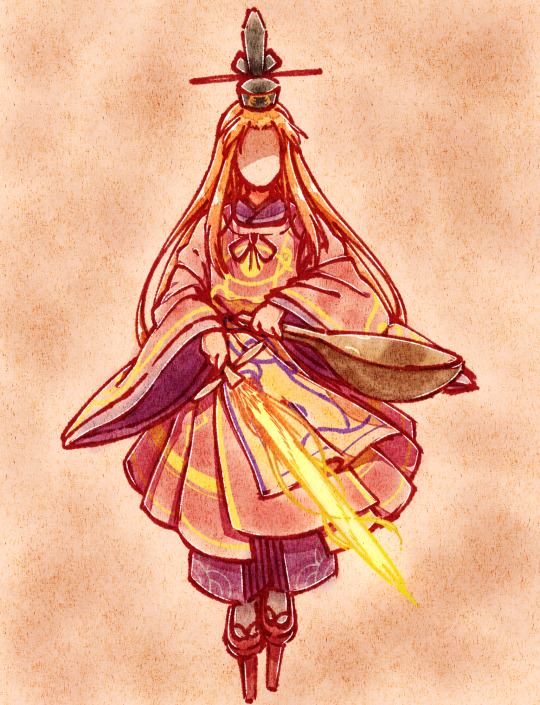
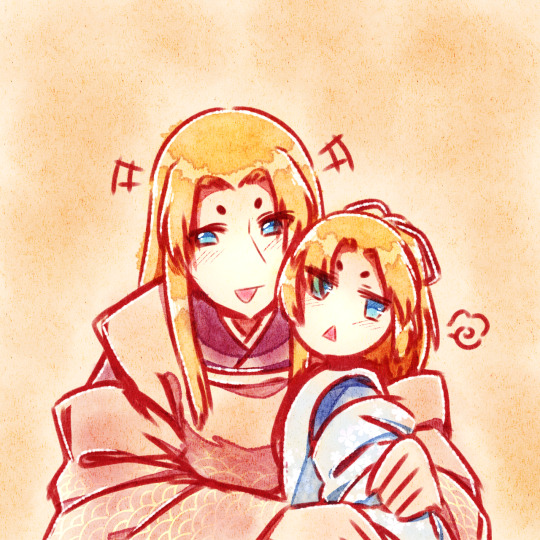
King Fury/Sugawara
I've never seen a single Sugawara fanart on Tumblr and it's honestly sad cuz' he's one of my favourite characters in Ōkamiden :(
Btw angy little waka
#okamiden#okami#ōkami#大神#okami fanart#okami hd#sugawara#sugawara no michizane#waka#okami waka#ushiwaka#ウシワカ#菅原道真#mah drawings :v
132 notes
·
View notes
Text
Tenjin-Sama (天神様)
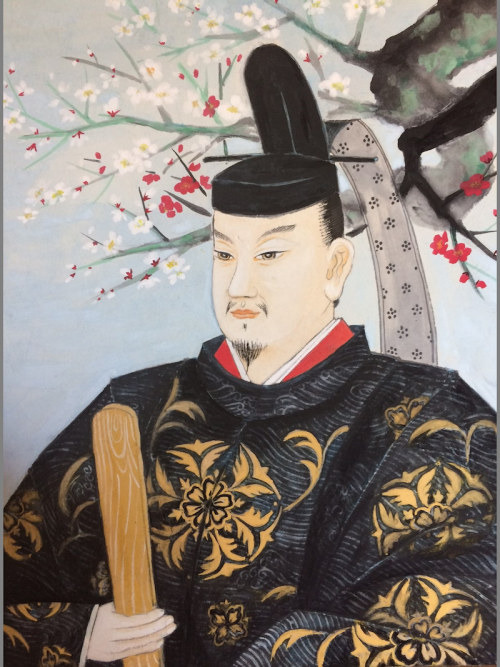
image source
Official Form(s)of Address:
-sama (様)
Other Name(s):
Sugawara no Michizane(菅原道真)¹、Tenman Dai-jizai Tenjin (天満大自在天神)、Tenman Tenjin(天満天神)
¹[Sugawara no] Michizane-kō([菅原]道真公)is also commonly used
Other Title(s):
Senior First Rank (正一位 Shō ichi-i)、Prime Minister (正一位太政大臣 shō ichi-i daijyō daijin)
Basic Information
Brief History
Sugawara no Michizane (845-903 CE) was a Heian Period (794-1185 CE) academic and politician. By the age of 11, Sugawara no Michizane had mastered Classical Chinese writing many famous Waka poems, and by the age of 33 was appointed Doctorate of Literature (the highest rank for scholars of the time). As a politician Sugawara no Michizane was fairly progressive, advocating for social reform and advising on foreign affairs.
In 901 CE, due to political scheming, Sugawara no Michizane was demoted from Minister of the Right (右大臣 Udaijin)to Vice Governor-General at Dazaifu (太宰権帥 Dazai no gon no Sochi). Exiled without seeing family, Sugawara no Michizane died there in 903 CE.
After death, Sugawara no Michizane was considered a Vengeful Spirit (御霊 goryō) due to a series of natural disasters hitting Kyoto, and the misfortune that fell upon political opponents involved in Sugawara no Michizane’s exile. Examples of such included: the death of Fujiwara no Tokihira during his prime (909 CE), Tokihira’s nephew The Crown Prince Yasuakira’s death at 21 (923 CE), and the repeated strikes of lightning on the Imperial Palace in Kyoto which resulted in numerous deaths of officials( 930 CE).
Later on Sugawara no Michizane was exonerated, and posthumously returned to previous ranks. The receiving of numerous oracles led to Sugawara no Michizane being recognized as the kami Tenjin in 986 CE.
Goshintoku(御神徳)
Learning, Culture, and The Arts
Honesty, Sincerity and Devotion
Dispelling False Accusations
Protecting Children
Dispelling Misfortune
Agriculture
Personal Growth
Kami Name Etymology
天神
天 「ten」 Sky, Heaven
神 「jin」 Kami, Thunder
Tenjin was originally the name given to the thunder kami. There are still a few shrines dedicated to this original kami.
天満大自在天神
満 「man」 Being Full
大自在 「daijizai」 Complete Freedom, Great Unhinderance (Buddhist Idea)
Tenman Dai-jizai Tenjin is actually a combination of the kami for thunder (Raijin), Sugawara no Michizane, a Chinese deity, an escoteric Buddhist Dharma protector deity, and the Amatsukami. The name literally translates to “Celestial Deity of Great Power Filling Heaven”
Nowadays, the name is mostly synonymous with the “Kami of Learning” Tenjin-sama, Sugawara no Michizane.
Major Shrines
There are approximately 14,000 shrines dedicated to Tenjin-sama around Japan. The role of head shrine(総本社 sōhonsha)is typically split between Kitano Tenman-gū and Dazaifu Tenman-gū. The Three Great Tenjin Shrines (日本三大天神 Nihon sandai tenjin)are three major shrines dedicated to Tenjin-sama, the third spot is heavily debated.
Many students often go to Tenman-gū to pray for success on entrance exams.
Dazaifu Tenman-gū, Fukuoka
Brief Shrine History
This shrine was built on the burial grounds of Sugawara no Michizane, and is one of the major Tenjin-sama shrines.
The main worship hall(本殿 honden)was first built in 905 CE, and the version standing today was built in 1591 CE. The shrine grounds also have 6,000 plum trees(梅 ume).
Importance
According to legends the site of the shrine was decided when the ox carrying Sugawara no Michizane, stopped in front of a Buddhist temple and refused to move. It is also said that one of the plum blossoms that Tenjin-sama dearly treasured flew from Kyoto and landed there. It is called the Flying Plum (飛梅 tobiume).
The shrine also contains a museum, as well as many important cultural artifacts from the Heien Period (794-1185). Many of Sugawara no Michizane’s original poems are on display, and people often donate calligraphy, poetry and other works of art here.
Kitano Tenman-gū, Kyoto
Brief Shrine History
Built in 947 CE, in an attempt to appease the angry spirit of Sugawara no Michizane, it is one of the major shrines dedicated to Tenjin-sama. The current shrine building was built in 1607 CE and is a national treasure.
Importance
The shrine received Imperial patronage and messengers were sent to report on the state of the nation to the “Guardian Kami of Japan”.
It is also the location of the annual outdoor tea ceremony (野点 nodate)hosted by local Geiko(芸子) and Maiko(舞妓).
The shrine is also the location of the famed Kitano Tenjin Engi “The Illustrated Origins of Kitano Tenjin”, a series of illustrations about Tenjin-Sama’s life and accomplishments.
Hōfu Tenman-gū, Yamaguchi
Brief Shrine History
The shrine was built in 904 CE. Sugawara no Michizane stayed in Hōfu on his way to exile. Four kami are enshrined here, Tenjin-sama, as well as Sugawara no Michizane’s mythical ancestors.
The Honden, Offering Hall (幣殿 Heiden), and Prayer Hall(拝殿 Haiden) are unique in that they are all one building.
The shrine burned down in 1952 CE and was rebuilt according to old depictions on the scrolls.
Importance
According to legend, on the day of Sugawara no Michizane’s death a bright pillar of light shone in the sea and a cloud came to rest on the mountain behind where the shrine in Hōfu now rests. This was interpreted to mean that Sugawara no Michizane had returned as a kami.
Significant Dates
The 25th of every month is dedicated to Tenjin-sama. This can be attributed to several major events during Sugawara no Michizane’s life: born June 25th, the two main decrees of promotion and later exile were signed on January 25th, and the day of death was February 25th. As such it is considered a “Memorial Day” (縁日 en-nichi).
Many shrines hold various rituals on the 25th of each month. Kitano Tenman-gū holds a monthly flea market. It is traditional to visit the shrine or temple on this day and give thanks.
January 7th: Usokae Festival
Exchanging wooden carvings of bullfinches, which symbolizes trading in your untruths for blessings. It is believed that you can revive a year of good fortune, advancement in work, and all around general luck.
February 25th: Plum Festival
The festival that commemorates the death of Sugawara no Michizane. Offerings of plum wine and various plum dishes are common. In Kyoto a traditional tea ceremony is held under the plum blossoms.
July 24th-25th: Summer Tenjin Festival
Festival that celebrates the birth of Sugawara no Michizane. The festival is one of the major purification rituals during the year. It concludes with a candle lighting ceremony. One of the biggest celebrations of this festival occurs in Osaka, and is one of the top 3 matsuri in Japan.
September 21st-25th: Jinkoshiki, The Grand Procession of Sugawara no Michizane (Dazaifu)
A part of the shrine’s Autumn festival, prayers for the prosperity of the nation and health of the emperor are made. It is traditional to wear Heian period style clothing and parade around accompanied by traditional music. The procession goes to Enoki Shrine which was the former residence of Sugawara no Michizane. This is the most important festival for Dazaifu Tenman-gū.
4th Saturday of November: Gojin-Kosai Festival (Hōfu)
Commemorates the day that Emperor Ichijo issued a decree which pardoned Sugawara no Michizane, 101 years after death. It’s also colloquially known as Hadakabo-Matsuri (The Naked Monk Festival) due to many of the participants only wearing a white loincloth. The nakedness symbolizing serving kami in a pure and natural state.
Spiritual Messengers and Symbols
The main messenger of Tenjin-sama is the Ox. This is due to the legend that the Ox carrying Sugawara no Michizane decided the location of Dazaifu Tenman-gū. Also, Sugawara no Michizane’s eastern Zodiac was the Bull. The bullfinch is another one of Tenjin-Sama’s messengers.
Tenjin-sama is associated with Plum blossoms, as they were the favorite of Sugawara no Michizane. You will see the symbol of the Plum blossom in many Tenman-gū.
Shinto & Buddhist Syncretism
Tenjin Shinkō (天神信仰)has its earliest roots in both Buddhist and Shinto practices. According to historical sources the spirit of Sugawara no Michizane was appeased by Tendai and Shingon Buddhist monks in the 940s. Along with this the Anrakuji temple (nowadays Dazaifu Tenman-gū) appointed members of the Sugawara family as the head of the temple. During the 11th-12th centuries, Tenjin-sama became associated as an embodiment of Kannon (specificially The Eleven-Faced Kannon Jūichimen Kannon 十一面観音), the Buddhist Bodhisattva of compassion. Later on Tenjin-sama also became associated with Shōten and Daikokuten.
There is even a mandala of pilgrimages to shrines and temples at Kitano Tenman-gū Shrine, which is said to have originated in the Middle Ages. The main shrine and temples are arranged around Tenman Daijizai Tenjin, who is in an enraged state.
Sources:
http://eos.kokugakuin.ac.jp/modules/xwords/entry.php?entryID=1081
https://faculty.humanities.uci.edu/sbklein/GHOSTS/articles/Borgen.pdf
https://www.researchgate.net/profile/Fedyanina_Vladlena/publication/327765301_THE_TENJIN_CULT_A_BRIEF_HISTORY_OF_THE_SYNCRETIC_CULT_OF_A_HEAVENLY_DEITY_IN_JAPAN/links/5ba3574592851ca9ed176ca9/THE-TENJIN-CULT-A-BRIEF-HISTORY-OF-THE-SYNCRETIC-CULT-OF-A-HEAVENLY-DEITY-IN-JAPAN.pdf?origin=publication_detail
https://nichibun.repo.nii.ac.jp/?action=repository_action_common_download&item_id=1521&item_no=1&attribute_id=20&file_no=1
http://kitanotenmangu.or.jp/sp/top_en.php
https://www.dazaifutenmangu.or.jp/en/discover-dazaifu-tenmangu/history/
https://www.dazaifutenmangu.or.jp/en/art-and-events/events/
https://visit-hofu.jp/en/spots/hofu-tenmangu-shrine
https://www.researchgate.net/profile/Fedyanina_Vladlena/publication/327765301_THE_TENJIN_CULT_A_BRIEF_HISTORY_OF_THE_SYNCRETIC_CULT_OF_A_HEAVENLY_DEITY_IN_JAPAN/links/5ba3574592851ca9ed176ca9/THE-TENJIN-CULT-A-BRIEF-HISTORY-OF-THE-SYNCRETIC-CULT-OF-A-HEAVENLY-DEITY-IN-JAPAN.pdf?origin=publication_detail
http://www.lares.dti.ne.jp/~hisadome/honji/files/KITANO.html
http://www.lares.dti.ne.jp/~hisadome/honji/files/DAZAIHU.html
7 notes
·
View notes
Photo
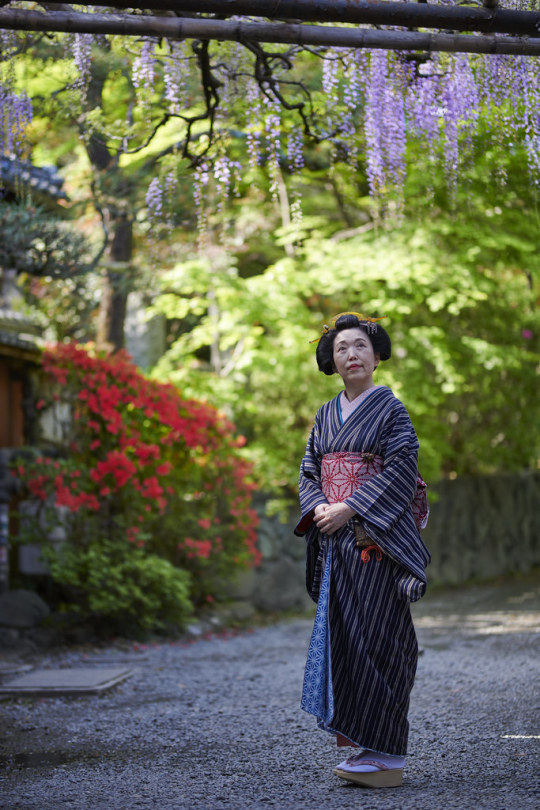
菅原道真 - 天神様 by 小川 Ogawasan
#japan#japon#kyoto#nagaokakyoshi#tenjin#kimono#nihongami#sugawara#no#michizane#菅原道真#天満宮#菅家#tenmangū#すがわらのみちざね#長岡天満宮#着物#きもの#日本髪#キリシマツツジ#azalée#azalea#red#color#japanese#lady#women#flickr#thingsdavidlikes
7 notes
·
View notes
Text
梅王 (太宰府まほろば衆)
youtube
歌舞伎の演目「菅原伝授手習鑑」より、菅原道真公に付き従っていた舎人の荒事である梅王丸をテーマにした演舞。
From the Kabuki play "Sugawara denju tenarai kagami" , this performance is based on the theme of Umeomaru, a prefect who followed Lord Sugawara Michizane.
#Kabuki#歌舞伎#Sugawara Michizane#菅原道真#梅王#演舞#dance#aesthetic#art#music#Japan#japanese culture#太宰府まほろば衆#Youtube
23 notes
·
View notes
Text
「判官びいき」が普通なのは、 我々自身が仇討ち役になれるから
ほうがんびいき
3 notes
·
View notes
Text








成人式のヘアセットの為に3時起きしたけど
眠眠打破の力を借りなくても眠くならなかった
その2日後に爆睡😴💤

1 note
·
View note
Text

のごみ人形の天神様、道真公。
通販→https://goo.gl/C4syPx
のごみ人形の中の人が顔を出してくれまして、びっくり。イベント催事に参加なのかな?とも思ったのですが、プライベートで親族に会いに上京してきたそうで、これからまた移動とのこと。
最終目的地と近くもないのに、わざわざ会いに来てくれたことがうれしく、感謝感激です。
実は、実店舗をやめて当面は通販のみで事業継続を取引先に伝えた時、実店舗が無いなら取引は出来ないと断られた先が1社あり、地味にショックでした。
裏返せば、のごみ人形さんみたいに「これまで通りのおつきあいをお願いします」と言ってくださったところがほとんどですから、悲観することは何もない。
来年は引っ越して生活基盤を整えるのにエネルギー使いそうだから、お商売はペースダウンせざるを得ないのが残念ですが、まあ人生そういうタイミングもありますから、いつも楽しくやっていこうと思いました。
��ごみ人形の工房主の鈴田滋人氏は、染織工芸の人間国宝。その方に師事しているのが今日来てくれた、清人さん。染織工芸の期待の新人です。
工芸展見に行った先で、作品見つけたら「見たわよ、見つけたわ」メール送るのが楽しみです。
0 notes
Text
深藏在德久住宅區之中,有著碩大的名木百選・大楠木,更是有著一座金光閃閃、金黃色般社殿外觀的黃金天滿宮的「德久天滿宮」!
#巡日#旅行#出國#菅原道真#黃金天滿宮#德久天滿宮#德久#筑後#福岡#福岡自由行#巡日旅行攝#Japan#Travel#Shrine#徳久天満宮#とくひさてんまんぐう#とくひさ#ちくご#ふくおか#にほんこく#RoundtripJp
1 note
·
View note
Text




先ほど、門前町の愛宕山の麓に鎮座する菅原神社にて「菅原神社例祭」を斎行いたしました。 菅原道真命をお祭りするこの御社は、文政年間(1818—30)の初め頃は天満宮と称し、天保2年(1831)天満神社となりました。明治初年に菅原神社と改称、明治10年(1877)金刀比羅宮の境外末社に加わりました。
0 notes
Photo

The “Plum Blossom Garden” features 1,500 plum trees, creating a stunning landscape of white and pink blossoms.
#Asia#Baikasai#Japan#Kitano Tenman-gū#Kyoto#Landscape#Photography#Plum blossoms#Shinto#Sugawara no Michizane#Ume#flower#matsuri#nature#outdoors#scenic#scenics#springtime#北野天満宮#梅花#梅花祭#菅原 道真
48 notes
·
View notes
Text
菅原道真と藤原時平、紀貫之と古今和歌集、そして国風文化
1 note
·
View note
Text
【 天神様 】
天神様と言えば菅原道真。 その命日は2/25で、毎月25日は天神様の縁日。 2/25は梅の花を愛したとされる道真にちなんで「梅花祭」が各地で行われます。

5歳で詠んだ和歌が残っていたり、11歳で漢詩を詠んだという才覚、 右大臣・太政大臣まで登り詰めた英知は、 後に人間として初めて神様として祀られることになります。
しかしながら、その祀られた原因は、 無実の罪で左遷され、すべてを絶たれた窮乏による死であり、 その後に祟りと言われる事象が次々と起こったため。 その魂を鎮めるために京都の北野天満宮に神として祀られ、太宰府天満宮は道真の墓の上に建っています。
その才覚から学問の神として信仰が厚く、 受験シーズンのこの時期に初天神&梅花祭を迎えるのは偶然でしょうか、 各地の天神様が合格祈願、お守りの購入で賑わいます。
東風吹かば 匂ひおこせよ梅の花 あるじなしとて 春を忘るな
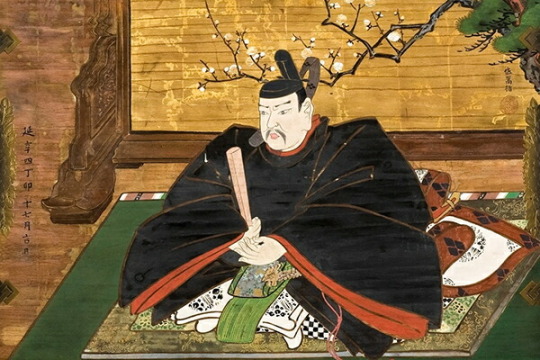
0 notes
Photo

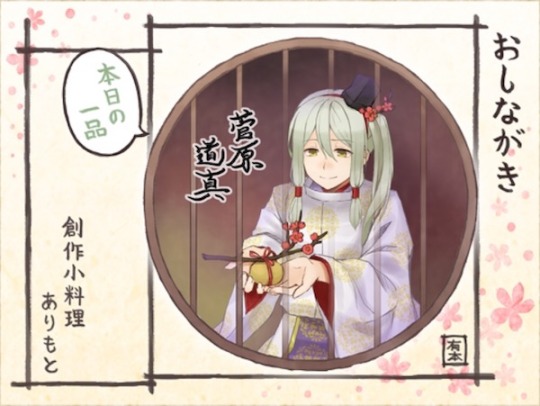
アーカイブ放送 『イラストレーター有本の「創作小料理 ARIMOTO」』 2023/05/01 20時配信
第57回「菅原道真と梅」(17年5月放送)
みなさん、こんばんは。イラストレーター有本の「創作小料理 ARIMOTO」女将の有本です。
<再生はこちら▶️>
※スマホ/タブレットはアプリからご視聴ください。 過去の放送は、Back numberで🎧
この番組は、私の描いた歴史上の人物のイラストを「本日の1品」として楽しんで頂く割烹居酒屋となっています。最終目標は、歴史絵巻を作ること。 わたくしの独断と偏見による壮大な歴史絵巻にしたいです。みなさん、応援してくださいね♪
本日の1品は…『菅原道真』です。
菅原道真は、平安時代の貴族、学者、漢詩人、政治家です。 現在は、学問の神様としても有名ですよね。 今回は、道真と梅にまつわるエピソードをご紹介します。 ※2017年5月にブルーレディオドットコムで放送された番組を再放送
過去放送一覧はこちら
提供:アロワナ株式会社
<ブルーレディオTOPに戻る>
0 notes
